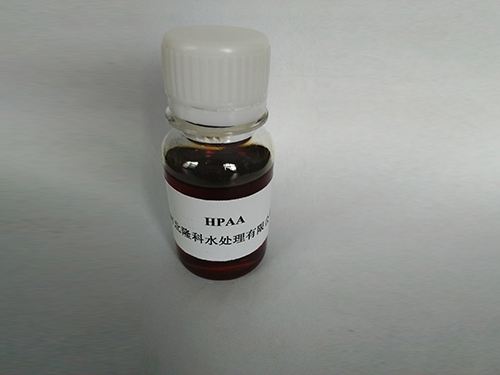Exploring the Applications and Benefits of Diethylenetriamine Penta Methylene Phosphonic Acid in Various Industries
Understanding Diethylenetriamine Penta Methylene Phosphonic Acid A Multifaceted Compound
Diethylenetriamine penta methylene phosphonic acid (DTPMPA) is an important organic compound that belongs to the family of phosphonic acids. It is characterized by its five phosphonic acid groups, which lend it unique properties that make it suitable for various industrial and environmental applications. The compound is typically used as a chelating agent, particularly in contexts where the inhibition of scale formation and corrosion is crucial.
Chemical Structure and Properties
The molecular structure of DTPMPA includes a diethylenetriamine backbone bonded to five methylene phosphonic acid groups (–PO₃H₂)
. This specific arrangement endows it with amphoteric characteristics, allowing it to interact with a wide range of cations in solution. The strong chelating nature of DTPMPA, deriving from its multiple phosphonic acid groups, enables it to effectively bind heavy metals and other ions, rendering them less reactive or soluble.One of the foremost properties of DTPMPA is its ability to inhibit scale formation. In industrial settings, scale can build up in pipelines, boilers, and cooling systems, leading to significant operational inefficiencies and increased maintenance costs. DTPMPA acts as a scale inhibitor through its strong affinity for calcium, magnesium, and other metal ions that commonly contribute to scale formation. By sequestering these ions, it prevents them from precipitating out of solution and forming hard deposits.
Applications in Industry
DTPMPA finds extensive utility in various sectors, particularly in water treatment, detergents, and as an additive in construction materials. In water treatment, it is employed to mitigate scale and corrosion in cooling water systems and boilers. The compound not only enhances the operational efficiency of these systems but also extends their lifespan by preventing the damaging effects of mineral buildup.
diethylenetriamine penta methylene phosphonic acid

Additionally, DTPMPA is used in detergents and cleaning products due to its ability to bind metal ions that would otherwise interfere with the cleaning efficacy of the surfactants. By chelating these metals, DTPMPA helps to improve detergents' performance in hard water conditions, making them more effective and reducing the amount of detergent needed.
In the construction industry, DTPMPA is incorporated into cement and concrete formulations to enhance resistance to corrosion and improve durability. Its chelating properties help protect reinforcing materials from the detrimental effects of chloride ions, which are notorious for causing corrosion in steel reinforcements.
Environmental Considerations
While DTPMPA is widely recognized for its industrial benefits, there are environmental considerations associated with its use. The persistence of phosphonic acids in the environment can lead to concerns regarding their potential ecological impact. Therefore, meticulous management of effluents containing DTPMPA is essential to mitigate any negative effects on aquatic ecosystems.
Research continues to explore the biodegradability and long-term environmental behavior of DTPMPA. Initiatives aimed at developing safer and more environmentally friendly alternatives are also ongoing, ensuring that industrial practices evolve in a sustainable direction.
Conclusion
In summary, diethylenetriamine penta methylene phosphonic acid is a versatile compound with significant applications across various industries. Its properties as a chelating and scale-inhibiting agent make it an invaluable resource in water treatment, detergents, and construction. However, as industries increasingly emphasize sustainability, further research into its environmental impact and the development of greener alternatives will be essential to balance industrial utility with ecological responsibility. As we continue to innovate and adapt, compounds like DTPMPA will play a critical role in advancing efficient and sustainable industrial practices.
-
Water Treatment with Flocculant Water TreatmentNewsJun.12,2025
-
Polymaleic AnhydrideNewsJun.12,2025
-
Polyaspartic AcidNewsJun.12,2025
-
Enhance Industrial Processes with IsothiazolinonesNewsJun.12,2025
-
Enhance Industrial Processes with PBTCA SolutionsNewsJun.12,2025
-
Dodecyldimethylbenzylammonium Chloride SolutionsNewsJun.12,2025





